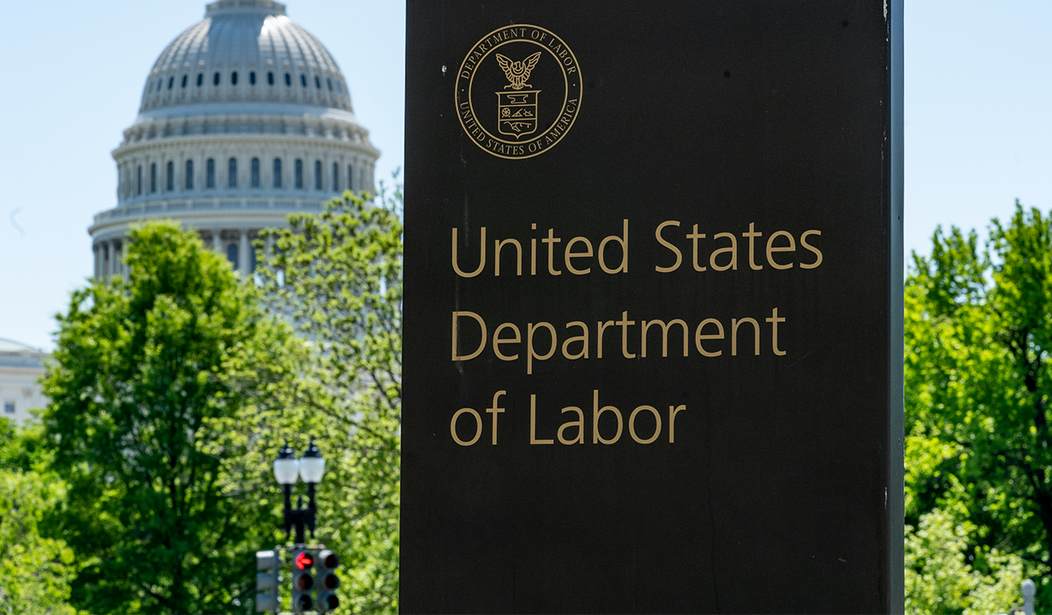The recent government shutdown prevented the publication of labor market and inflation data from the Bureau of Labor Statistics (BLS), prompting data users to seek alternative sources for this critical information. However, many people were already seeking alternatives before the shutdown due to the inaccuracy of some BLS reports in the post-pandemic economy.
Plagued by low survey response rates, outdated methodologies, leaks of market-moving data, inaccurate initial estimates, and failed leadership, the BLS’s image has been diminished over the last several years.
President Trump asked me to serve as Commissioner of Labor Statistics to implement badly-needed reforms, and while it would have been constructive to present these reforms to senators directly, perhaps it’s even better to present them here to the public and any lawmakers who care to implement them.
First and foremost, BLS must become radically transparent. For most data users, the agency is a black box. Only those who devote a tremendous amount of time to the subject understand the practical implications of the minutiae of how the agency collects and processes data. Although much of its methodology is already available, it’s often difficult to find on the website and isn’t in layman’s terms.
Similarly, when methodological changes occur or when missing data are imputed—which is sometimes little more than a guess—they’re too frequently logged in an obscure section of the BLS website that virtually no one visits, instead of being noted boldly in the relevant data releases.
The Handbook of Methods should also be expanded significantly with explanations readily understandable to people without doctorates in statistics or economics. People are much more likely to trust BLS products if they understand where the numbers come from.
Recommended
The bureau should also expand the use of public-private partnerships. Payroll processing firms like ADP, Paychex, and Gusto already have the raw jobs data that BLS needs, and the agency should explore contracting with those or similar firms. That would reduce the survey response burden on businesses, especially small businesses, which are the most dynamic part of the economy but are currently underrepresented in the data.
BLS already uses public-private partnerships—with great success—to collect other data like prices for gasoline, medical claims, new vehicles, and cell phone services, but major retailers like Walmart and Amazon have real-time price data available at the local level on countless consumer staples. Supplementing price surveys with such large datasets from both brick-and-mortar retailers and e-retailers, which are updated in real time, would simultaneously reduce errors while adapting to new phenomena like dynamic pricing by greatly increasing the frequency with which prices are observed and supplying parallel data series to ensure confidence in the data.
Serious methodological updates are also needed, especially for the Birth-Death model, which has comically overstated job growth for years, exacerbating the differences between initial and final monthly payroll estimates. Seasonal adjustments have been problematic too, as they are likely adjusted too frequently, causing changes in the trend of nonfarm payrolls to initially be misattributed to seasonality. Similarly, all indirect measurements for price data ought to be reevaluated to avoid the recent health insurance price debacle.
To further aid in the collection, processing, and dissemination of data, employees at BLS and the broader federal statistical system need to be held accountable. Beyond what is required in statute, the BLS should collaborate further with the Bureau of Economic Analysis, the Census Bureau, and other federal agencies to implement accountability standards for federal workers conducting surveys to ensure sufficient data is collected in a timely manner.
Surveyors should meet both qualitative and quantitative metrics, ensuring sufficient volume and accuracy of data being collected. Modeling work should likewise be held to strict empirical standards, including differences between initial and final estimates.
BLS should also hold accountable any employees who have prematurely shared market-moving data prior to public release. The agency must ensure such leaks do not occur again, possibly via audit trail tracking of who has access to sensitive data and when.
BLS has lost trust because it has failed to consistently deliver reasonably accurate data in a timely manner, a vital mission since countless Americans—from Wall Street to Main Street to Washington, D.C.—rely on BLS reports. But the idea that this trust was seemingly shattered by President Trump is utter nonsense.
Since the pandemic, major Wall Street firms have been complaining about the inaccuracy of government data. The Wall Street Journal itself pointed out the problem multiple times before President Trump’s second term.
Trust was squandered by years of inaccurate data, leaks, and failures to adapt to a changing economy. That lost trust will only be regained over time by consistently publishing accurate data in a timely manner. This is the task before the next Commissioner of Labor Statistics.
E.J. Antoni, Ph.D., is chief economist and the Richard Aster fellow at the Heritage Foundation, a senior fellow at Unleash Prosperity, and former presidential nominee for Commissioner of the US Bureau of Labor Statistics.
Editor’s Note: Thanks to President Trump’s leadership and bold policies, America’s economy is back on track.
Help us continue to report on the president’s economic successes and combat the lies of the Democrats. Join Townhall VIP and use promo code FIGHT to get 60% off your membership.
























Join the conversation as a VIP Member